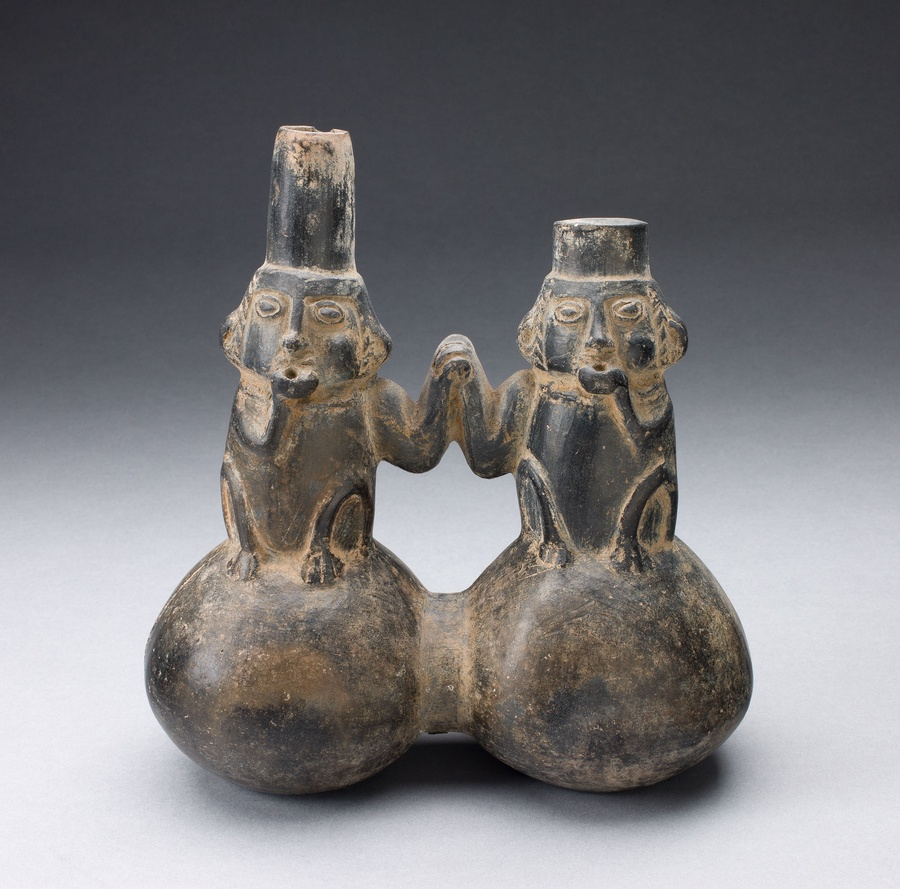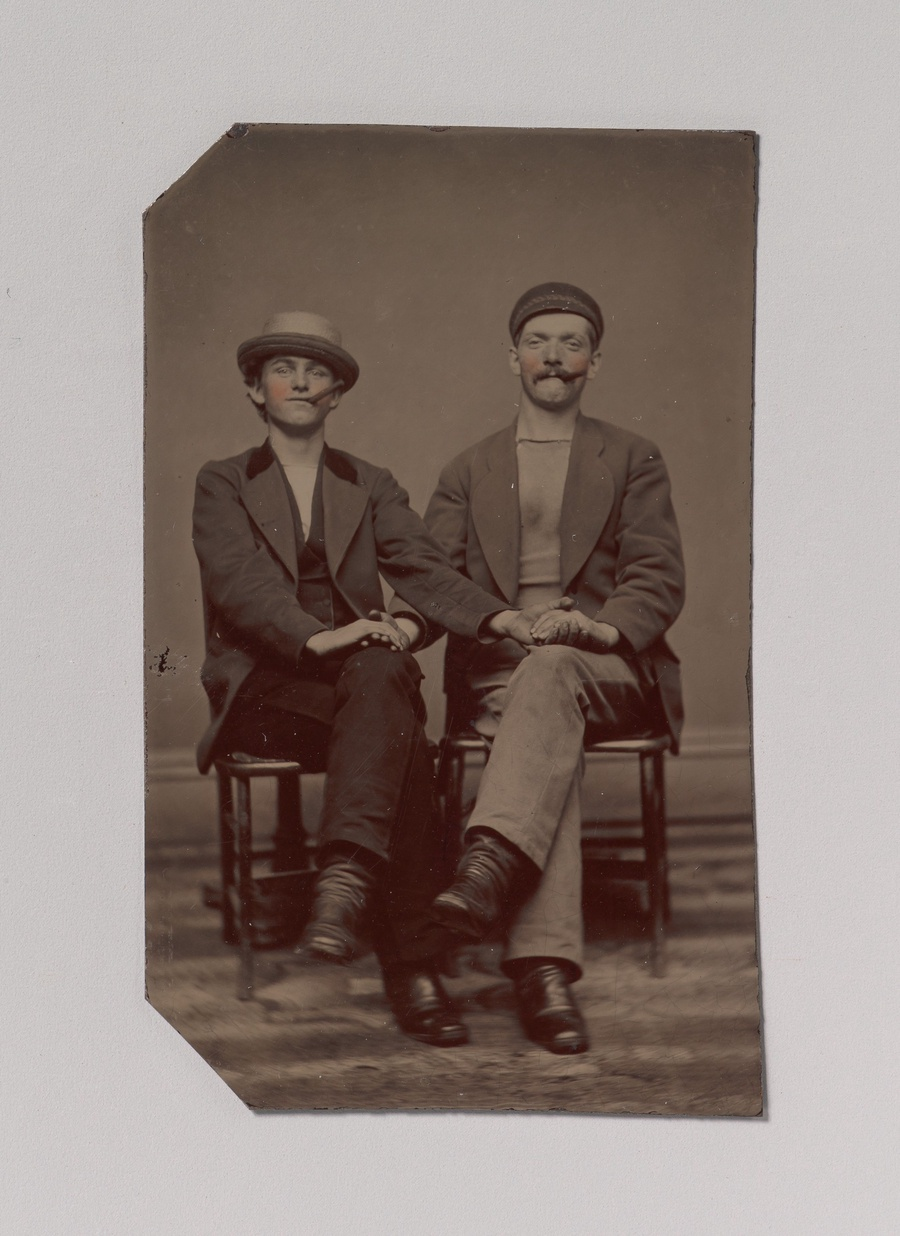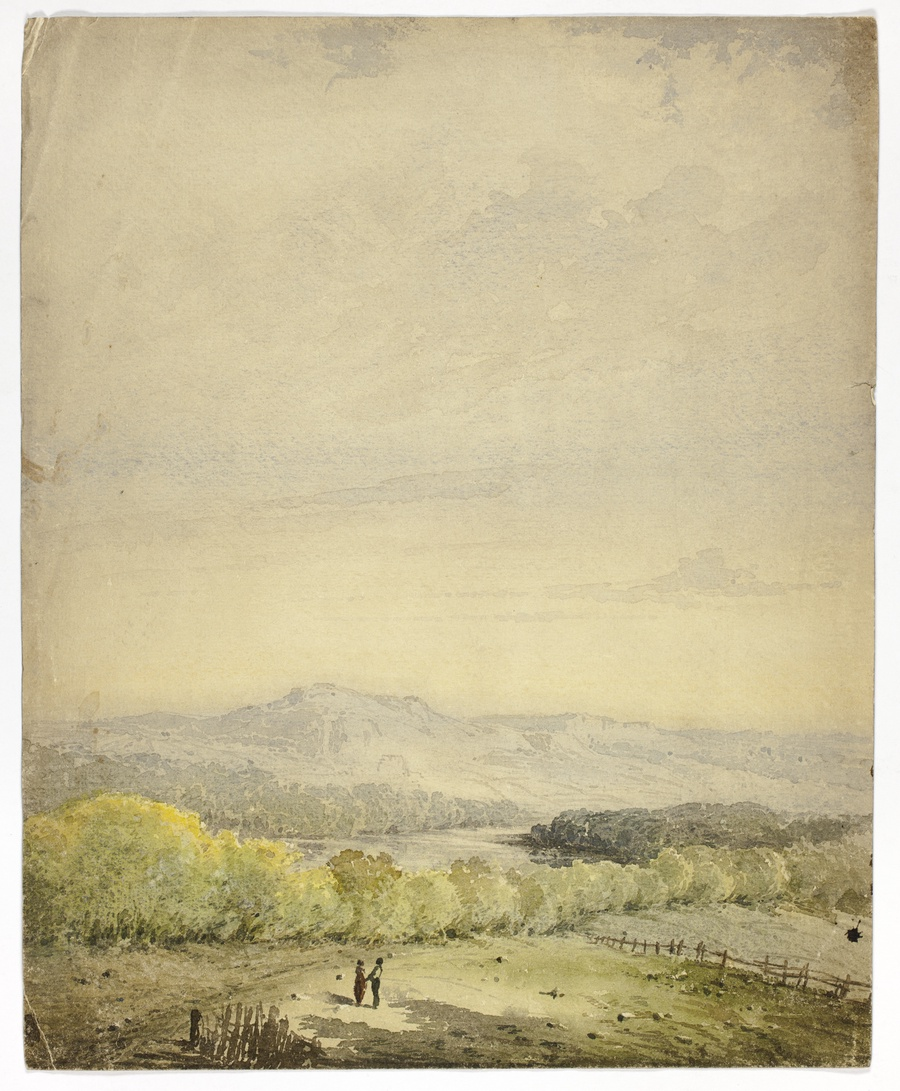ARTchivist's Notebook: On discernment
Learning to connect across our divisive cultural landscape with a little more nuance.

It’s an understatement to say we are living through a polarizing moment. When those in power have no qualms about lambasting entire groups of people with dehumanizing epithets and insults, it can be tempting to do the same to them and their followers. It’s easier than ever to demonize those who don’t share our views and to feel justified in doing so.
However, I’ve recently had two experiences that reminded me of the importance of discernment. Yes, many powerful people do not have my best interests at heart; many of them want to see people like me silenced or worse. But those people, despite their power and influence, do not control everything. I’ve recently come to recognize that I need to move through our divisive hellscape with more nuance and discernment.
I was very upset by the censorious treatment of Amy Sherald by the Smithsonian’s National Portrait Gallery, and was further dismayed to learn about the premature closing of the Molina Family Latino Gallery at the Smithsonian National Museum of American History. Then, artists Nicholas Galanin and Margarita Cabrera withdrew from a symposium at the Smithsonian American Art Museum, also citing censorship. Complying in advance to repressive forces is beginning to look like a pattern at Smithsonian institutions.
Before all of this happened, I had been asked to contribute a short piece of writing to a Smithsonian-run outlet. (Since I haven’t written it yet, I won’t say which one.) I was very torn — how could I contribute my time, labor and insights to an institution that seemed to be stifling the free expression of artists and erasing important historic struggles?
I was leaning towards withdrawing, when a wise friend reminded me that these are our institutions, paid for by and accountable to the American people. And they are still (largely) staffed by colleagues — archivists, librarians, curators — who share my commitments to art, truth, and community history. Could I participate as a way of supporting them?
When I thought about it more, I realized I had been painting with too broad a brush. I’m not saying we should get on board with everything the Smithsonian is doing — I am still very disappointed and alarmed and will continue to say so, and for many of us, the Smithsonian never reflected our communities anyway — but discernment is possible. I decided to take the space offered, to say what I have to say, and see what happens. Maybe I’ll be burned, maybe no one will read my piece, or maybe I’ll be able to make a very small intervention in what is otherwise a very disturbing slide into authoritarianism.

The second event was a digital project documenting under-recognized stories that I was invited to consult on. It required visiting an institution in a very “red” state (to protect the folks who hosted me, I’ll not say which one). I gave a version of my presentation on inclusive metadata, and afterwards, one of the hosts told me that everything I had just taught could’ve gotten him fired. That was sobering, and made me appreciate even more the work these folks continue to do, day in, day out, under an administration that has expressly threatened freedom of expression and thought. If they can keep working toward equity and justice under actively antagonistic conditions, I can certainly navigate with more nuance through my own patchwork of connections.
Of course, as an independent contractor, I have a lot of privilege. If I don’t want to work with a particular person or organization, I don’t have to. I have been fortunate to make a living working with people and projects that are aligned with my beliefs and values. I recognize that not everyone has this freedom. But what these recent events have taught me is that there are people who believe as I do (or close enough!) everywhere, and it would be a shame not to connect with them. In fact, we need to connect in order to resist the terrible attacks and erasures that are happening all around us.
In closing, I’ll paraphrase Hailey Loman, co-founder and director of Los Angeles Contemporary Archive, who remarked at the recent Curationist Metadata Summit (recording coming soon!) on imperfect metadata systems: this is the (compromised, colonized) language we have, but I still need to talk to you.
News
Wakasa Memorial Endangered at Topaz Museum
In 1943, while incarcerated at Topaz concentration camp, James Hatsuaki Wakasa was shot and killed by a watchtower guard. His fellow prisoners erected a monument — a large, natural stone — at the site of the shooting, but the U.S. government ordered it destroyed. Instead, the prisoners buried it.
In 2020, the stone was identified by archaeologists and in 2021, the Topaz Museum — without consulting descendants or the community — dug up the stone and moved it to the museum. The Wakasa Memorial Committee has been trying since then to open a dialogue with the Museum about the preservation of the stone and the site, to no avail. Now they have written an open letter, which supporters can sign. If you care about preserving truthful, responsible, and community-centered histories, please read and consider signing by October 31.
AICA-USA 2026 Art Critic Fellowship
Come write with me! I’m serving as a mentor for the AICA-USA Art Critic Fellowship, which supports emerging art critics from January to April 2026. Fellows will engage in a pitching workshop and two lectures led by award-winning editors and writers to discuss the joys and concerns of writing and editing art criticism today, and will meet one-on-one with their assigned mentors to develop a piece of criticism for publication on the AICA-USA website. There is a stipend of $750 for the fellowship and $250 compensation for the publication. Learn more and apply by October 13.
